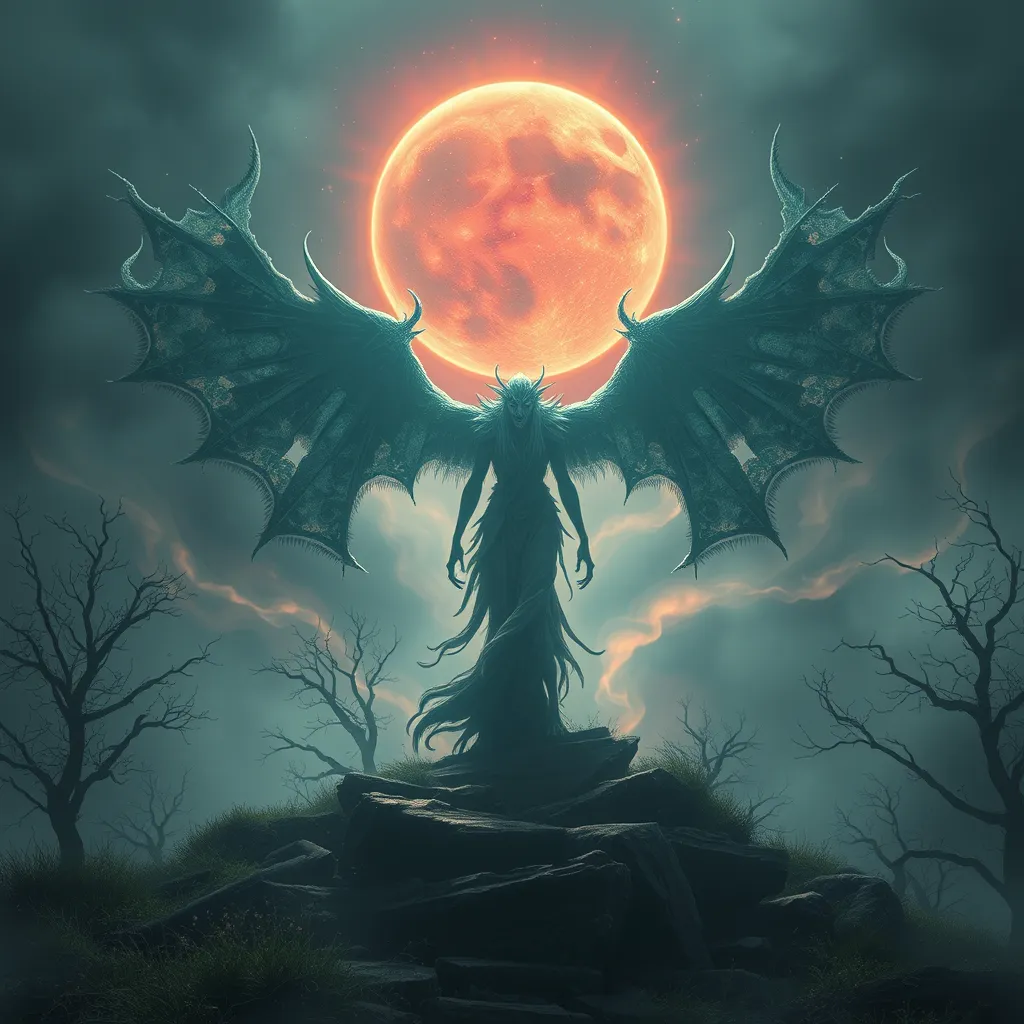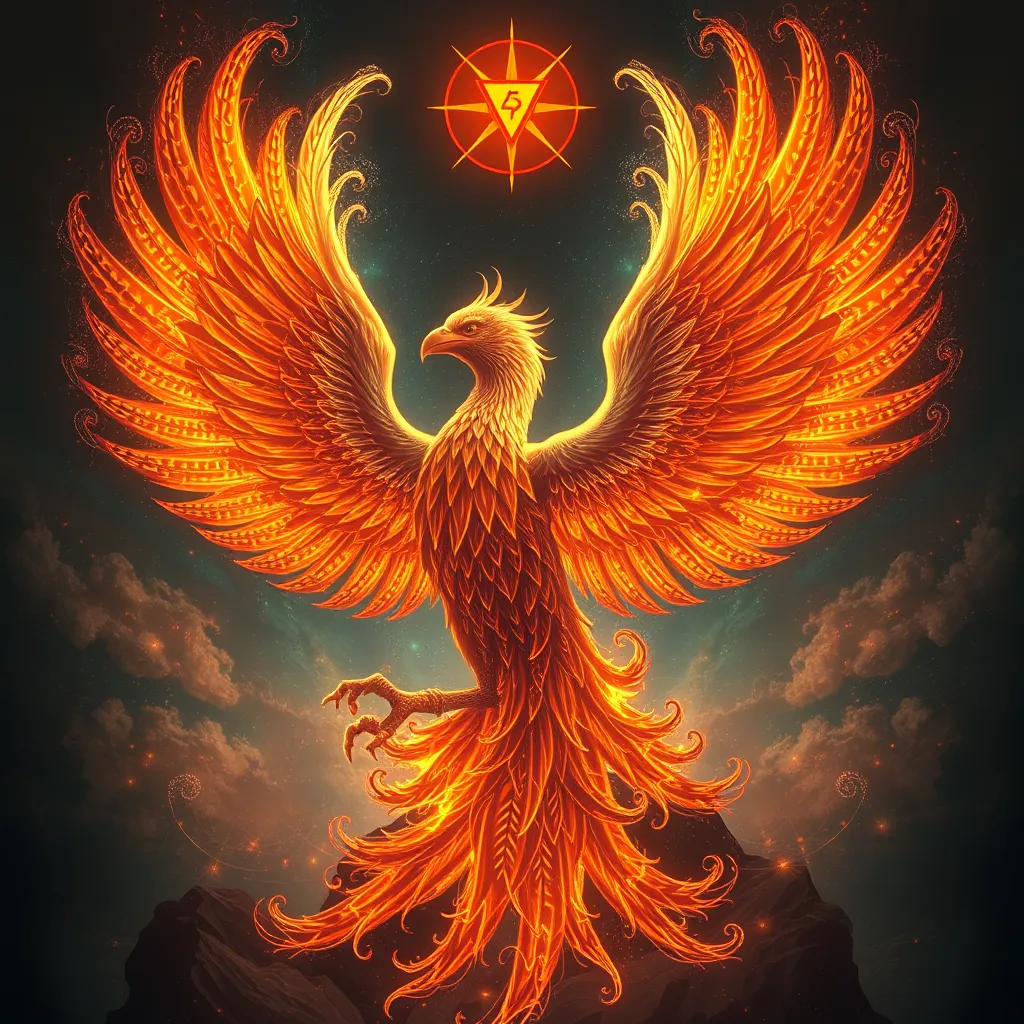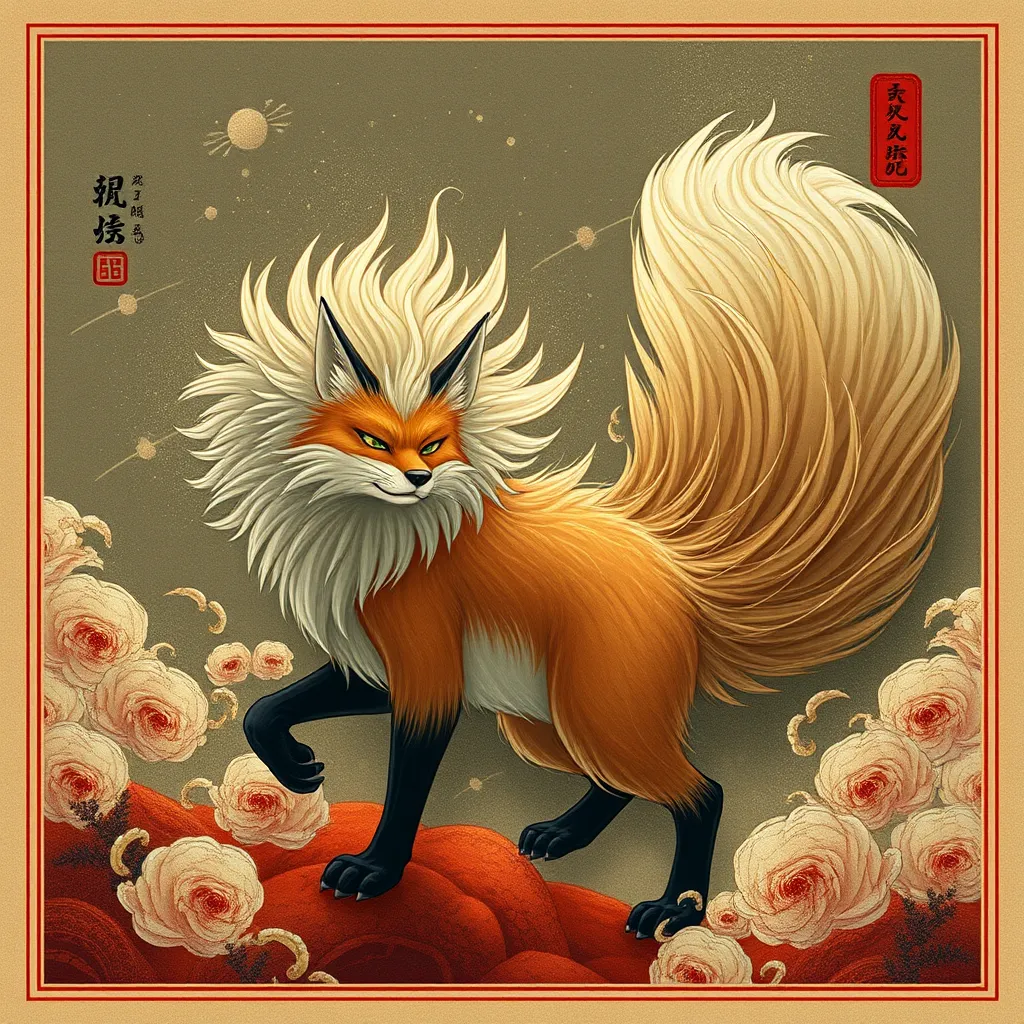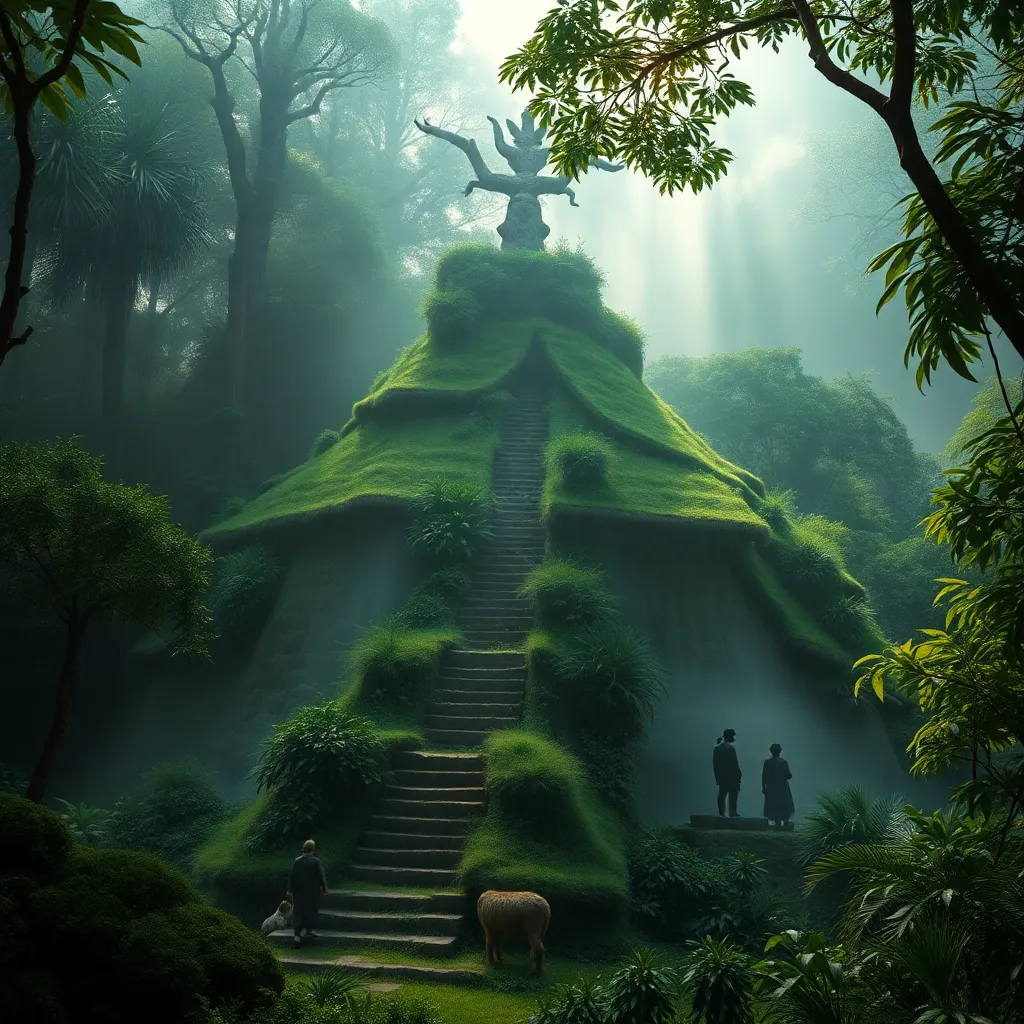The Banshee’s Legacy: A Living Myth for Future Generations
I. Introduction
The Banshee, or “Bean Sidhe” in Irish, is a figure deeply rooted in Irish mythology and folklore. Traditionally depicted as a woman who heralds the death of a family member, the Banshee’s mournful wail is said to signal impending doom. Its origins can be traced back to ancient Celtic beliefs, where the supernatural was interwoven with daily life, and spirits played a significant role in the human experience.
In Irish folklore, the Banshee is more than just a ghostly figure; she embodies the profound connections between life, death, and the afterlife. This article aims to explore the Banshee’s legacy, examining her historical context, symbolism, cultural significance, and enduring presence in contemporary society.
II. Historical Context of the Banshee Myth
Understanding the Banshee requires delving into its historical roots. The earliest references to the Banshee can be found in various literary sources, including the “Annals of the Four Masters,” a chronicle of Irish history written in the 17th century. These texts document sightings and stories surrounding the Banshee, reflecting the society’s beliefs and fears regarding death and the afterlife.
Over time, the portrayal of the Banshee has evolved. Initially depicted as a noblewoman or a fairy, her image shifted to that of a more sinister figure, often characterized by tattered clothing and unkempt hair. This evolution mirrors changes in societal attitudes toward death and mourning, illustrating how folklore adapts to contemporary beliefs.
Culturally, the Banshee holds significant importance in Irish society. She often represents the collective memory of a community, acting as a guardian of family lineage and history. The Banshee’s cries are not merely sounds of sorrow; they are reminders of the connections between generations and the inevitability of loss.
III. Characteristics and Symbolism of the Banshee
The Banshee is characterized by her ethereal beauty and haunting presence. Common traits attributed to her include:
- Long, flowing hair, often described as black or red
- Wearing a white or grey gown
- A mournful and piercing wail that echoes through the night
Symbolically, the Banshee represents more than just a harbinger of death. She embodies:
- The fragility of life
- The inevitability of death
- The importance of remembering the deceased
As a harbinger of death, the Banshee serves a crucial role in the folklore surrounding mortality. Her cries are often seen as a call to prepare for the passing of a loved one, reinforcing the cultural practices of mourning and remembrance in Irish communities.
IV. The Banshee in Popular Culture
The Banshee’s presence has transcended folklore and entered the realms of literature, film, and television. From classic works like W.B. Yeats’ poetry to modern adaptations in movies and series, the Banshee continues to captivate audiences. Some notable representations include:
- The character of the Banshee in the animated series “The Secret of Kells”
- References in novels such as “The Banshee” by J.D. McGregor
- Depictions in horror films that explore themes of death and the supernatural
Modern reinterpretations of the Banshee often shift her role from a mere harbinger of death to a more complex character, sometimes embodying themes of empowerment or vengeance. This evolution showcases the Banshee’s adaptability and relevance in contemporary storytelling.
V. The Banshee’s Influence on Contemporary Folklore
The Banshee’s legacy continues to inspire new myths and stories in contemporary society. She has become a source of inspiration for artists, writers, and storytellers who seek to reinterpret her narrative through various lenses. The Banshee’s role in community storytelling practices has also remained significant, as families recount tales of encounters with her during gatherings.
Moreover, the preservation of the Banshee’s legacy is closely tied to oral traditions. These stories, passed down through generations, serve to keep the myth alive, adapting it to fit the cultural contexts of modern audiences. The Banshee thus becomes a living myth, evolving while retaining her core elements.
VI. The Psychological and Emotional Impact of the Banshee Myth
The Banshee’s myth resonates on a psychological level, symbolizing grief and loss. Her cries evoke deep emotions associated with mourning, serving as a reminder of the fragility of life. In modern contexts, psychological interpretations of the Banshee often explore themes of mortality and the human experience, emphasizing the importance of processing grief.
As a symbol of loss, the Banshee offers a framework for coping with mortality. Families may find solace in the Banshee’s presence, viewing her as a comforting figure that acknowledges their grief while also honoring the memory of the deceased. This psychological connection reinforces the Banshee’s role not just as a myth, but as a vital part of the grieving process.
VII. The Future of the Banshee Myth
The Banshee’s relevance continues to endure in a changing world. As society evolves, so too does the narrative surrounding the Banshee. The potential for the Banshee to evolve in future storytelling is vast, with opportunities for reinterpretation in various media. Technology and social media play a crucial role in this evolution, allowing for wider dissemination and discussion of the Banshee myth.
Storytellers can utilize platforms like podcasts, blogs, and social networks to share new interpretations of the Banshee, engaging younger generations and keeping the myth alive. By embracing modern storytelling methods, the Banshee can continue to resonate with contemporary audiences.
VIII. Conclusion
The Banshee’s enduring legacy is a testament to the power of myth in shaping cultural identity and memory. As a symbol of grief, loss, and the connections between generations, the Banshee remains a vital figure in Irish folklore. In a rapidly changing world, it is crucial to keep such myths alive for future generations.
Engaging with folklore and cultural heritage fosters a deeper understanding of our roots and the shared human experience. By sharing stories, participating in community traditions, and exploring the rich tapestry of folklore, we can ensure that the Banshee’s legacy continues to live on.



